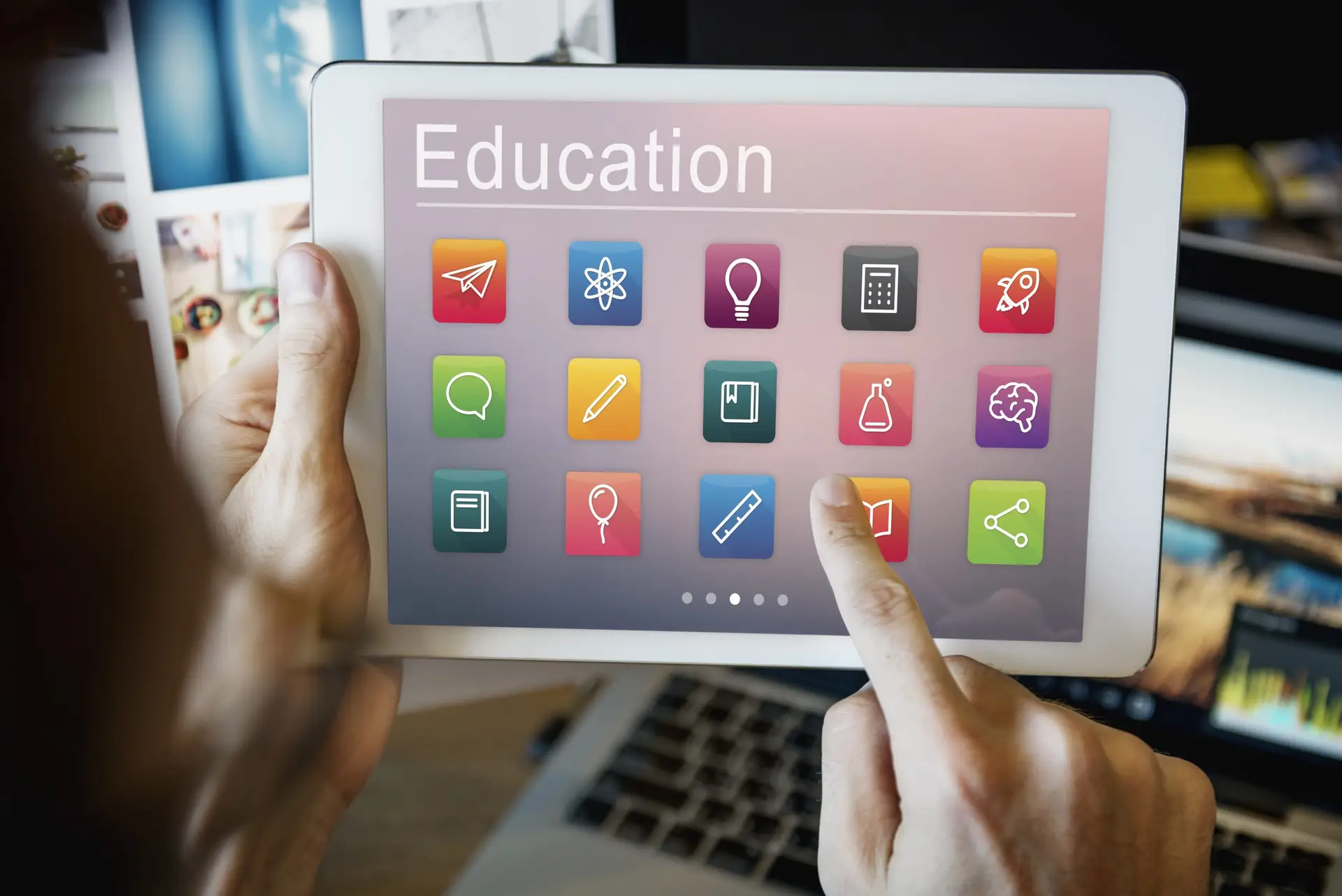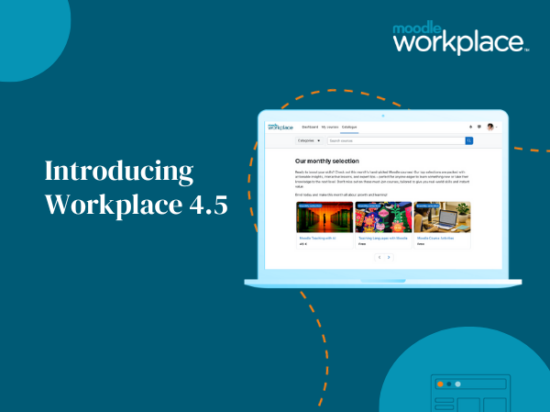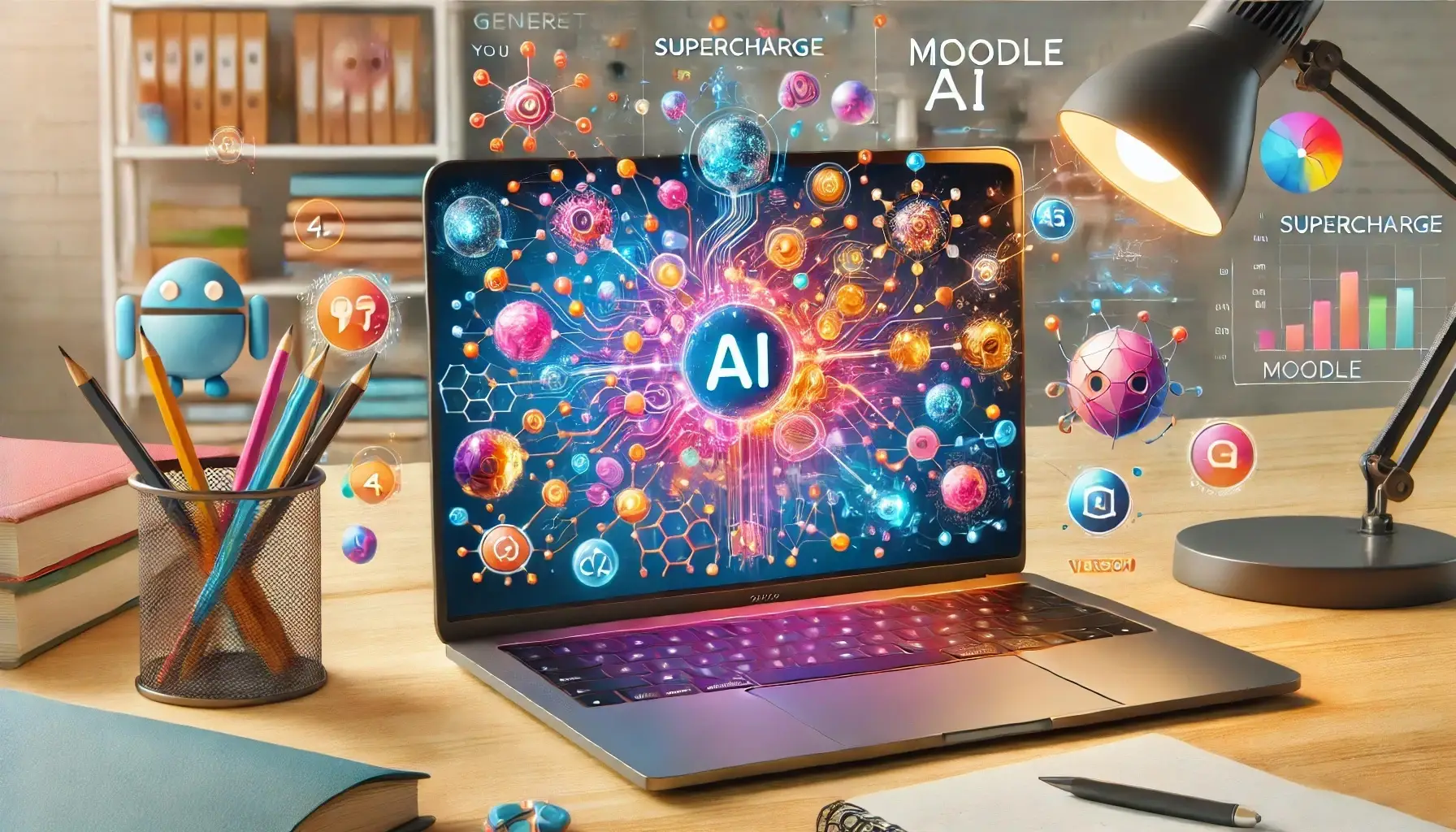Many large companies with a diverse, decentralised workforce are realising that their employees don’t have a lot of time to sit down at a computer and spend hours going through a lockstep training course in a training room.
To use an analogy, training has become something of a “fast food” enterprise where you have just about enough time to drive through, place your order and gobble it down before heading back to your desk.
This might seem like an exaggeration, but it really isn’t. Take the case of a large international telecom provider that is looking for a mobile training solution.
The company employs thousands of field reps, field technicians, inside global sales consultants and IT employees, all of whom have to complete discreet training modules to stay current with technology changes and product features.
The one thing they all have in common is time constraints. Can training be delivered over a lunch break and still be effective?
The short answer is: Yes.
Research shows that we learn best in small doses. A number of studies of student populations going back more than thirty years found their optimal retention rates were 10 to 18 minutes before they tuned out of lectures.
Given that students come to class ostensibly with one purpose—to learn the material—what happens when you apply that short attention span in a corporate environment where time pressures are even greater? You really need to present very small chunks of information so they can be digested.
The word for this trend toward small learning modules is “micro-learning”.
What are the components of micro-learning?
- On-demand on any mobile device
- Small modules that take 8-10 minutes to complete
- Self-paced (Learner is in charge)
- Collaborative creation of training materials to meet organizational demands
Let’s look at one example of how micro-learning applies to our fictitious telecom company. The field reps need to know about a new feature of a product they are selling which they communicate to distributors. Micro-learning comes into play before the field trainers meet with their channel partner sales reps.
A quick course can be deployed using a link to a product update video created by the marketing department which outlines the new features of the product. This product update video is followed by five gamified interactive questions with immediate feedback. The mini-module also links users to a reference page to reinforce the key questions, so the sales channel reps can access their app and get answers on the go. Simple, to the point, and useful information.
Central to this kind of micro-learning are learning management systems that feature social networking capabilities that directly link the individual learner to announcements, sharing of ideas, etc. So the learning becomes part of the corporate strategy and creates a community of users.







